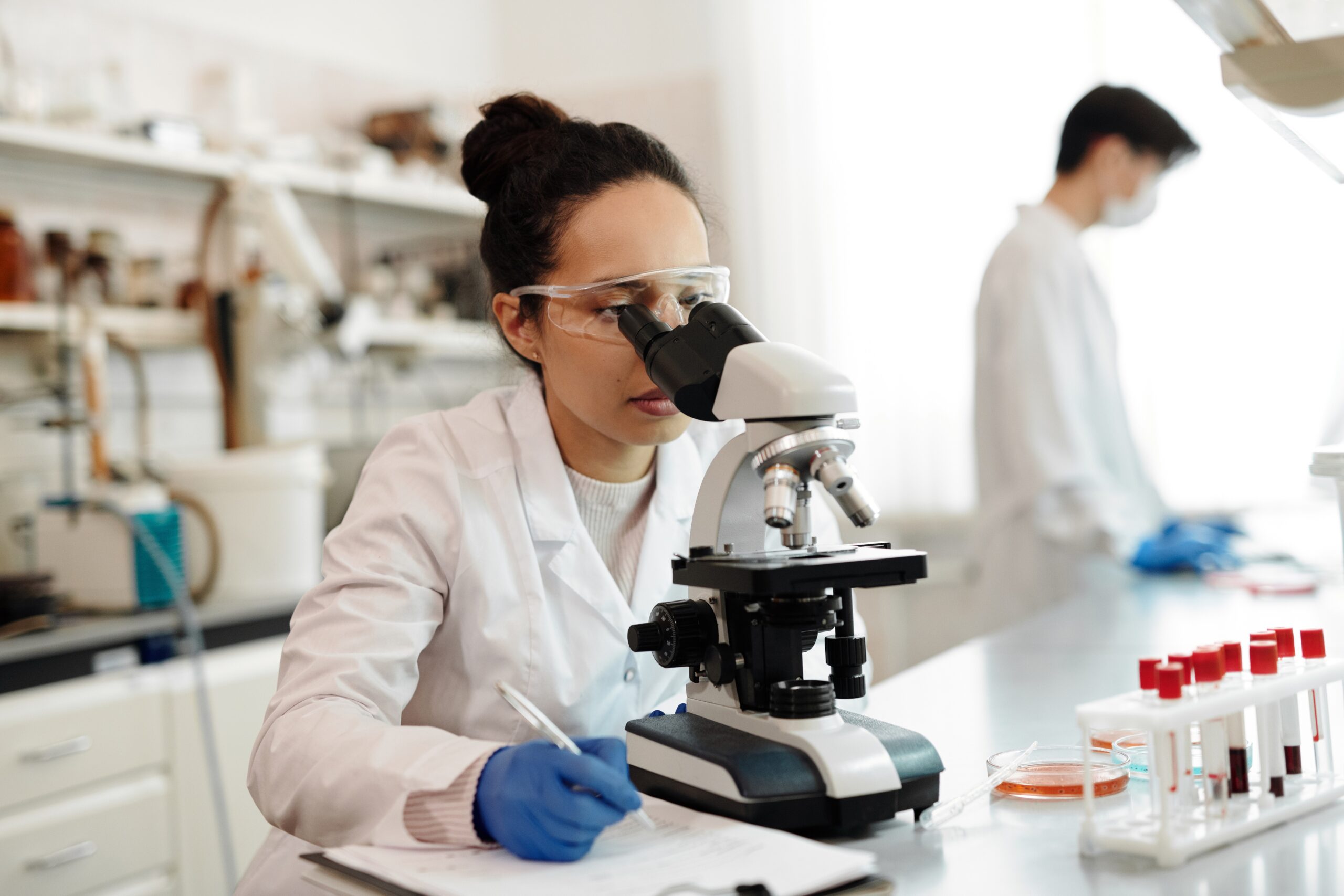Cytology testing is crucial in modern medicine for diagnosing various diseases and abnormalities. This non-invasive diagnostic tool involves careful examination of cells, enabling the detection of early signs of illness. Knowing this testing procedure can assist healthcare professionals in optimizing treatment procedures.
Read on to learn about cytology testing, its significance, methodologies, and its impact on disease diagnosis.
What Is Cytology Testing?
Cytology testing involves the analysis of individual cells to identify abnormalities, ranging from benign conditions to cancerous growths. By closely examining the cellular structure and other characteristics, pathologists can gain vital information about the health of organs. Unlike other diagnostic methods, cytology testing is minimally invasive, making it an invaluable tool for early disease detection.
Fine Needle Aspiration Cytology (FNAC)
The Fine Needle Aspiration Cytology (FNAC) procedure involves the extraction of cell samples from a suspected abnormal mass using a thin needle. These samples are then analyzed under a microscope. This method is beneficial in evaluating and diagnosing conditions such as breast lumps, thyroid nodules, and lymph node enlargements. FNAC is a quick procedure that provides valuable diagnostic information, helping doctors choose the proper treatment.
Liquid-based Cytology (LBC)
The liquid-based cytology (LBC) technique involves suspending cells from the affected area in a liquid medium. The cells are then processed to create a thin monolayer, allowing for enhanced cell visualization. LBC has revolutionized the testing field, reducing the chances of inadequate samples and improving the accuracy of diagnostic evaluations.
Cytology Testing and Cancer Diagnosis
Cytology testing is a crucial method for diagnosing cancer. By collecting and analyzing cell samples, pathologists can identify cancer, determine its type, and guide treatment decisions. Healthcare professionals can detect cancerous changes, determine tumor type, and monitor treatment response through Pap smears, FNAC, and effusion cytology. This non-invasive and efficient testing helps detect cancer early, improving patient outcomes.
Cytology Testing in Infectious Diseases
Cytology testing involves analyzing cells, tissues, or physiological fluids to identify signs of infectious organisms like bacteria, viruses, or fungi. During the test, samples are collected from the affected area and examined under a microscope for any signs of infection. It helps identify the specific agent causing the disease, enabling healthcare providers to prescribe appropriate treatments.
The Advantages of Cytology Testing
Cytology testing offers numerous advantages over other diagnostic methods.
- The non-invasive testing method minimizes patient discomfort and reduces the risk of complications.
- It enables quick sample collection and processing, providing rapid results for prompt medical interventions.
- Cytology testing is also cost-effective, making it accessible to a broader population.
The Future of Cytology Testing
Cytology testing is undergoing exciting advances like molecular cytology and digital pathology, enhancing diagnostic accuracy and facilitating data sharing. Ongoing research on automated image analysis and artificial intelligence can streamline cytology testing and improve efficiency and treatment capabilities.
Discover the power of Cytology Testing with Clarity Laboratory! Our cutting-edge technology detects abnormalities and assists in disease diagnosis, revolutionizing healthcare. Uncover early signs of diseases and enhance patient outcomes. With our advanced techniques and experienced professionals, we provide accurate results you can trust. Take control of your health today! Contact us now to optimize your diagnosis with precise test results.


